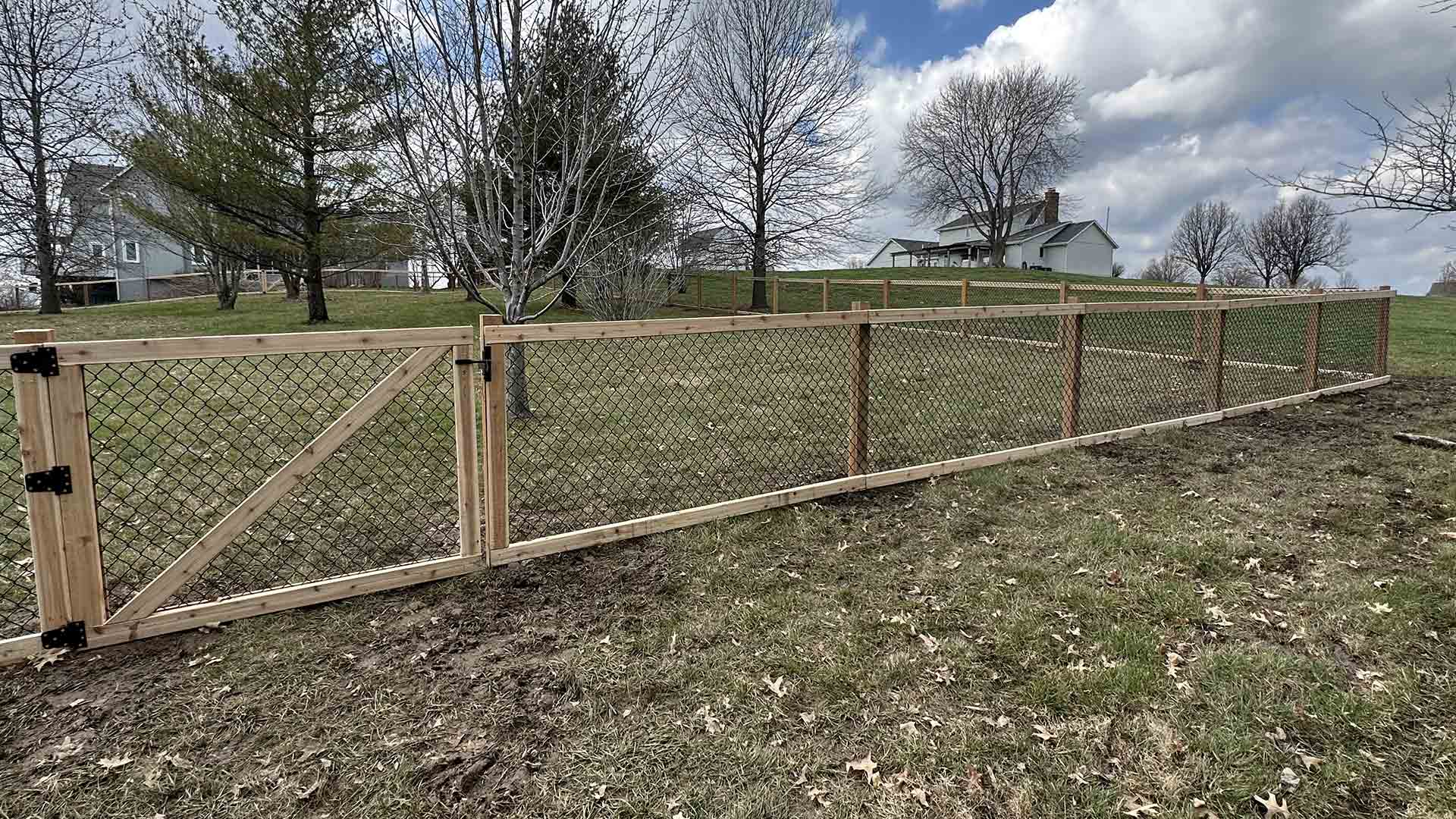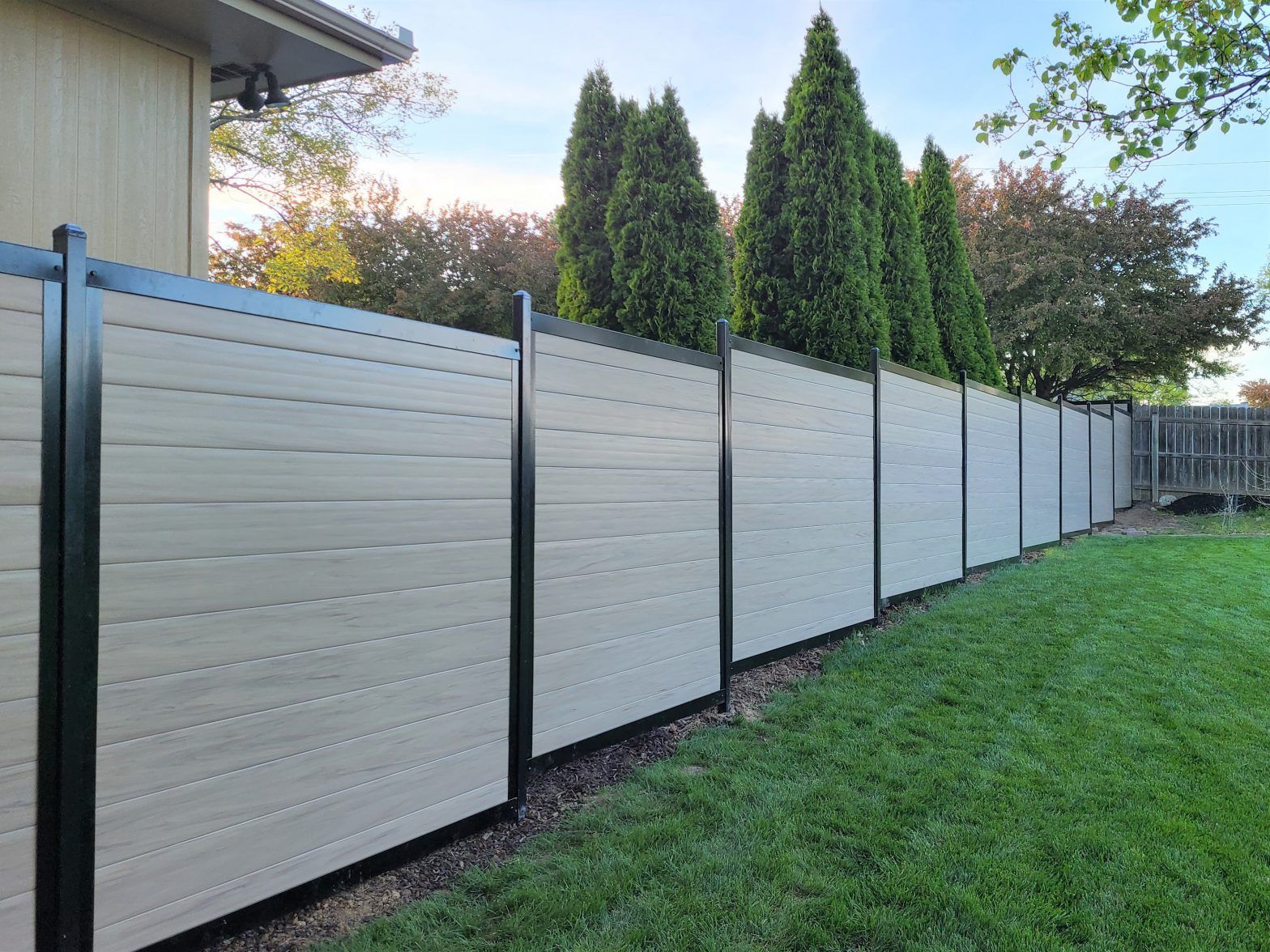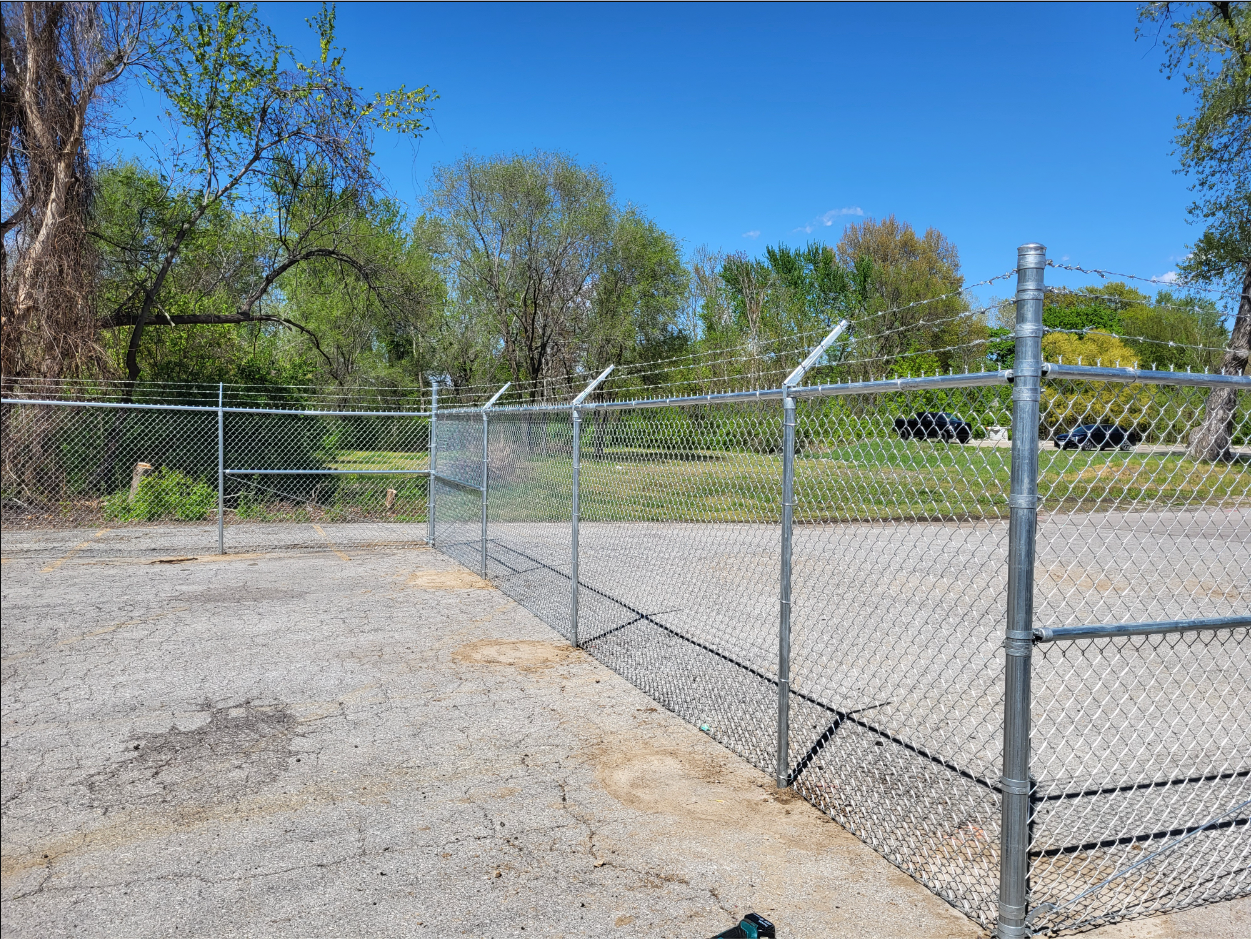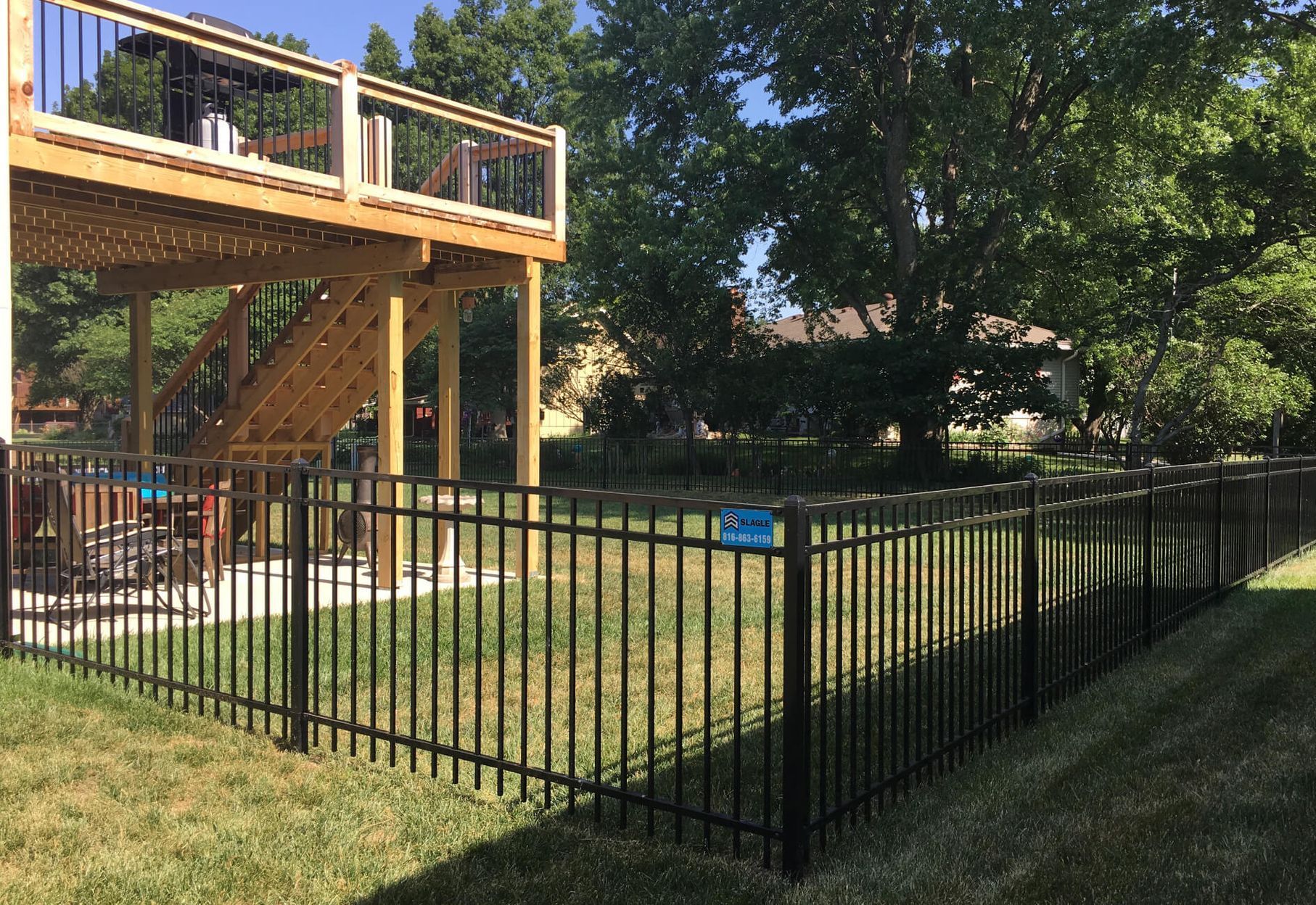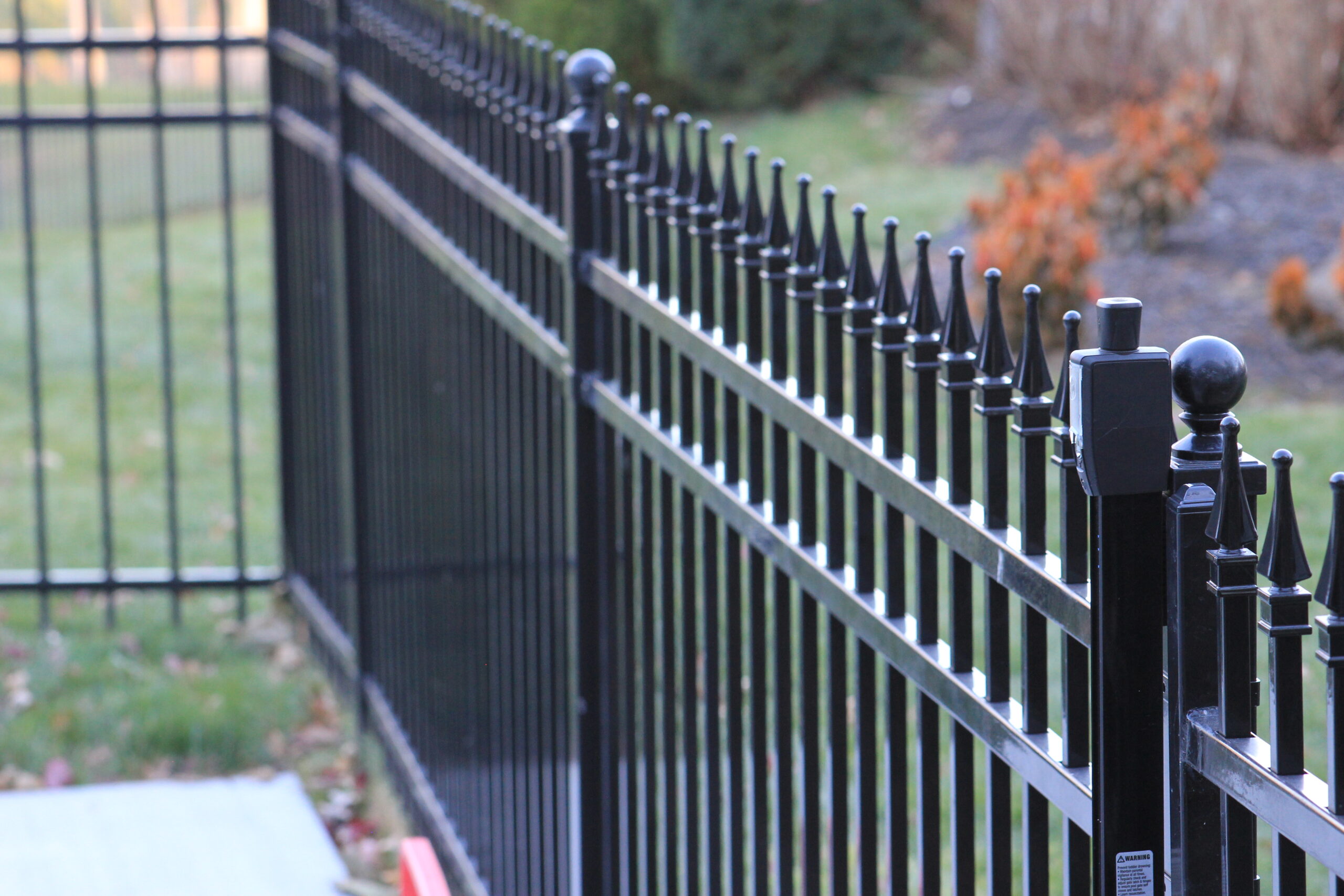When it comes to property boundaries, fence placement can play a significant role in maintaining good relations with your neighbors and protecting your property rights. However, improperly placed fences can lead to disputes and even legal complications, especially when it comes to adverse possession. In this post, we will dive into the adverse possession laws in Kansas and Missouri and why the placement of your fence is so important.
What Is Adverse Possession?
Adverse possession is a legal principle that allows someone to claim ownership of land they do not originally own, provided they meet certain legal criteria over a specific period of time. Essentially, if someone occupies land that belongs to another person without the owner’s permission, they may eventually gain legal title to that land.
This can be particularly relevant when fences are placed on the wrong side of property lines. Over time, a neighbor might claim ownership of the strip of land between the fence and the true boundary through adverse possession.
Adverse Possession in Kansas
In Kansas, the law requires certain conditions to be met for adverse possession to take place. These conditions include:
- Open and Notorious Possession: The person must openly use the property in a way that is visible to others, including the true owner.
- Exclusive Possession: The possessor must be the only one using the land.
- Continuous Possession: The land must be used continuously for 15 years.
- Hostile Possession: The person must be occupying the land without the permission of the true owner.
If all these conditions are met for 15 consecutive years, the person occupying the land may be able to claim legal ownership of it through adverse possession. This means that if a fence is placed incorrectly, and a neighbor occupies the land beyond the fence for 15 years without dispute, they could potentially claim that strip of land as their own.
For more detailed information, you can review Kansas statutes on adverse possession.
Adverse Possession in Missouri
Missouri’s adverse possession laws are quite similar to Kansas’s, but with a few key differences. To claim adverse possession in Missouri, a person must:
- Use the Land Openly and Hostilely: As in Kansas, the occupation of the land must be visible and without the permission of the actual owner.
- Possess the Land Exclusively: The person must be the sole possessor of the land.
- Continuous Use for 10 Years: Missouri requires only 10 years of continuous use (as opposed to Kansas’s 15 years) to make a claim for adverse possession.
The shorter time frame in Missouri makes it particularly important to address any fence placement issues quickly. If a fence is wrongly placed and a neighbor uses the land between the fence and the true boundary line for 10 years without interruption, they could file for ownership of that land under Missouri law.
For more information, check out the Missouri statutes on adverse possession.
Why Proper Fence Placement Matters
Fence placement is critical because it can impact your property boundaries and open the door to potential legal issues like adverse possession. Here are some key reasons why fence placement matters:
- Preserving Your Property Lines: Installing a fence directly on the boundary line ensures that you retain full control of your property. A misplaced fence can give your neighbor an opportunity to encroach on your land without realizing it, or worse, they may do so intentionally.
- Avoiding Boundary Disputes: A fence that crosses into your neighbor’s property or is too far within your own boundary can lead to disputes. Even if a neighbor doesn’t attempt to claim adverse possession, boundary disputes can be costly, stressful, and time-consuming.
- Legal Complications with Future Sales: If you decide to sell your property in the future, an improperly placed fence can create complications. Potential buyers may have concerns about the true boundaries of the property, especially if there’s a risk of adverse possession claims.
- Protecting Against Adverse Possession: As we’ve seen, adverse possession can occur when your fence is placed incorrectly, and your neighbor occupies the land for a specific period. Proper fence placement from the outset can prevent this issue entirely.
Steps to Ensure Proper Fence Placement
To avoid the risk of adverse possession and boundary disputes, follow these steps:
- Get a Survey: Before installing a fence, have your property surveyed by a licensed professional. A survey will clearly define the boundaries of your property, ensuring that your fence is placed correctly.
- Communicate with Your Neighbors: It’s always a good idea to discuss your plans with your neighbors, especially if the fence will be near a shared boundary. Clear communication can prevent misunderstandings and disputes.
- Follow Local Regulations: Some cities and counties have specific regulations about where fences can be placed. For example, in certain areas, fences may need to be set back from property lines. Check with your local government to ensure compliance.
- Consult an Attorney if Necessary: If you’re unsure about your property boundaries or how to handle a fence dispute, consult with a real estate attorney who is familiar with local property laws.
Conclusion
Fence placement is more than just an aesthetic choice—it’s a matter of protecting your property rights. By understanding adverse possession laws in Kansas and Missouri and taking the necessary steps to ensure your fence is properly placed, you can avoid legal complications and protect your property.
For more information on fence installation and property boundaries, or to get started on your next fence project, contact Slagle Fence today. With our expertise, we’ll help ensure your fence is properly placed, giving you peace of mind for years to come.











